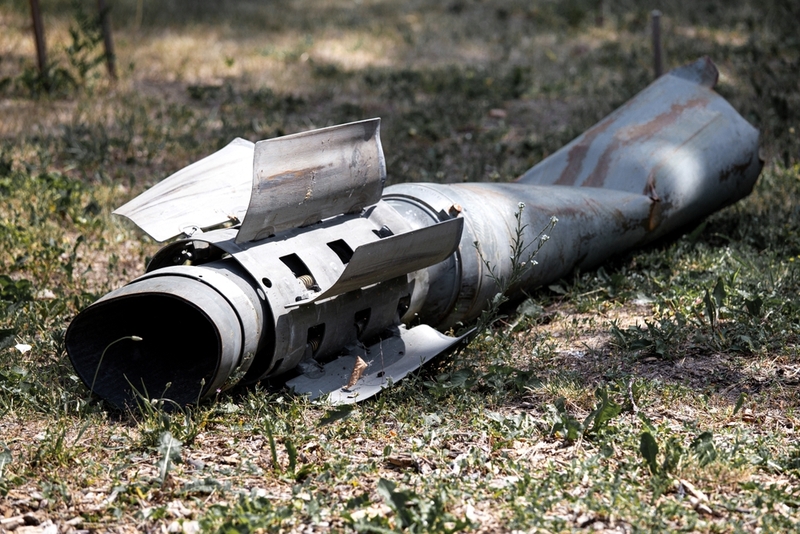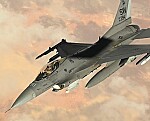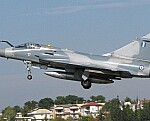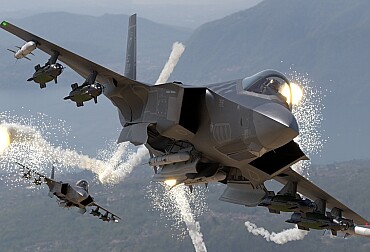Russian electronic warfare challenges US Precision-Guided weapons in Ukraine
In the ongoing conflict between Ukraine and Russia, the battleground has expanded beyond physical warfare into the realm of electronic combat. Recent reports reveal a concerning trend: precision-guided munitions provided by the United States to Ukraine are falling victim to sophisticated Russian electronic warfare tactics.

The most recent casualty in this electronic arms race is the Ground-Launched Small Diameter Bomb (GLSDB), a cutting-edge weapon designed to bolster Ukraine's firepower against Russian forces. However, during recent operations, the GLSDB failed to hit its targets, with Russian electromagnetic interference cited as a significant factor in its malfunction.
Bill LaPlante, the Pentagon's acquisition chief, highlighted the impact of Russian electronic warfare on the effectiveness of US-provided weapons during a discussion at the think tank CSIS. LaPlante suggested that repeated failures could lead to a loss of interest and trust in these weapons by Ukrainian forces, emphasizing the critical nature of ensuring their reliability in combat situations.
The GLSDB, boasting an impressive range of 90 miles, was hailed as a game-changer for Ukrainian forces. However, its reliance on GPS for navigation proved to be a vulnerability in the face of Russian electronic interference. This mirrors previous instances where GPS-guided weapons, including the Excalibur round and Joint Direct Attack Munitions (JDAMs), suffered decreased effectiveness due to Russian electronic warfare tactics.
One of the primary methods employed by Russia is the use of GPS spoofers, which manipulate GPS signals to deceive navigation systems. These spoofers, once considered advanced technology, have become more accessible and affordable, posing a significant challenge to costly precision-guided munitions.
Despite the setbacks, there are potential avenues for addressing this issue. Bryan Clark, a senior fellow at the Hudson Institute, suggests exploring alternative munitions less susceptible to GPS spoofing, such as the Harpoon missile. Additionally, the use of F-16s for launching weapons could provide a more secure means of navigation, as these aircraft can transmit navigational data directly to munitions.
Furthermore, Ukraine has the capability to counter Russian electronic warfare through its own electronic warfare systems, including jamming technology targeted at disrupting Russian guidance systems. However, the indiscriminate nature of Russian attacks, often targeting civilian populations, complicates the effectiveness of such countermeasures.
As the conflict evolves, the need for innovative solutions to mitigate the impact of Russian electronic warfare on precision-guided munitions becomes increasingly urgent. Collaboration between the United States and Ukraine to develop and deploy resilient weapons systems is essential to maintain the effectiveness of Ukrainian forces on the battlefield and deter further aggression from Russia.








